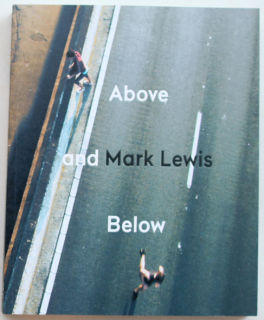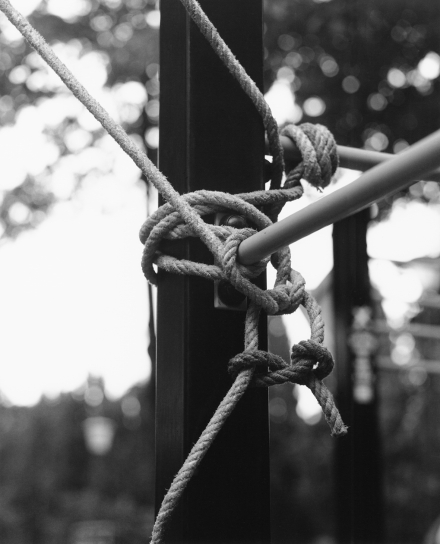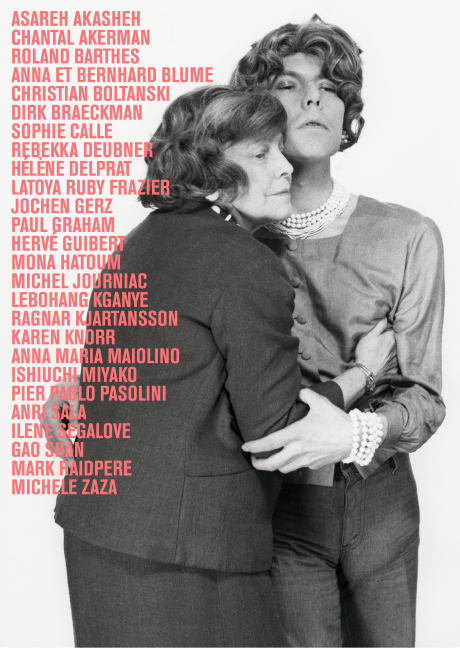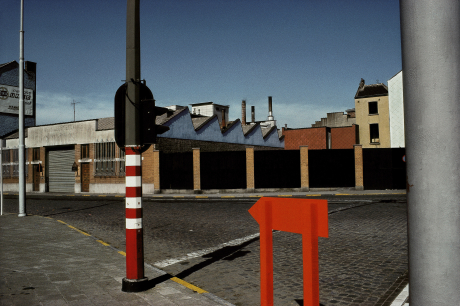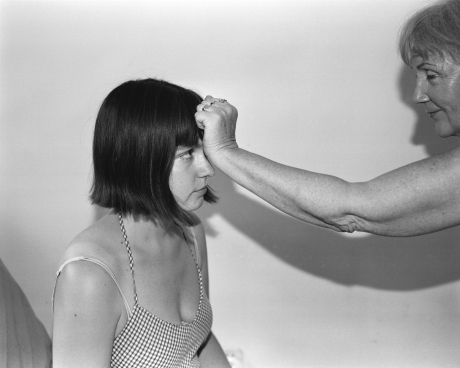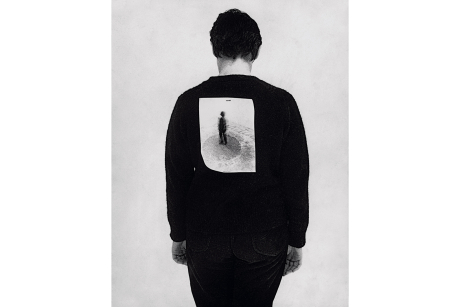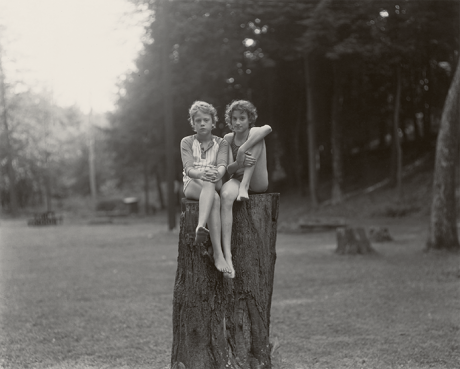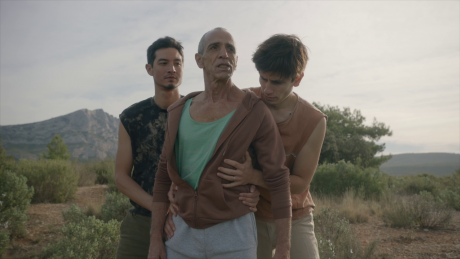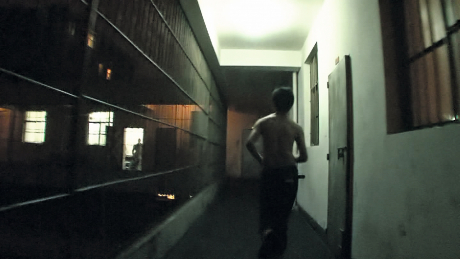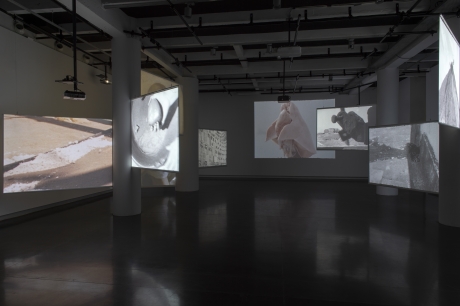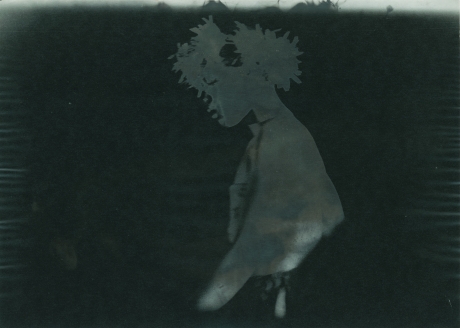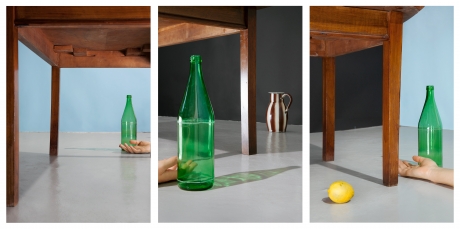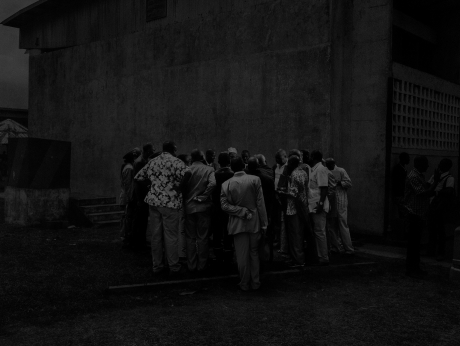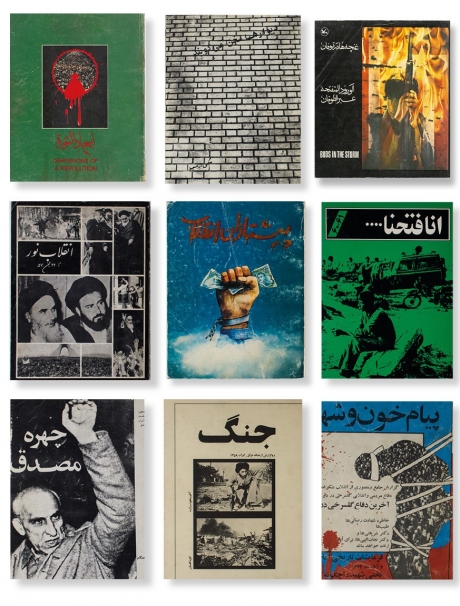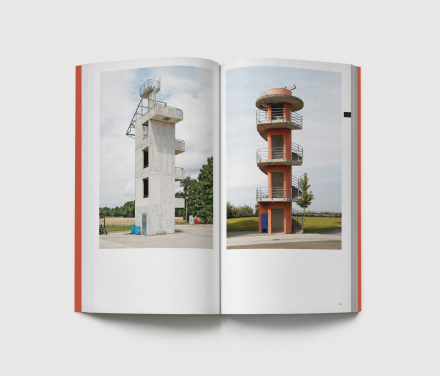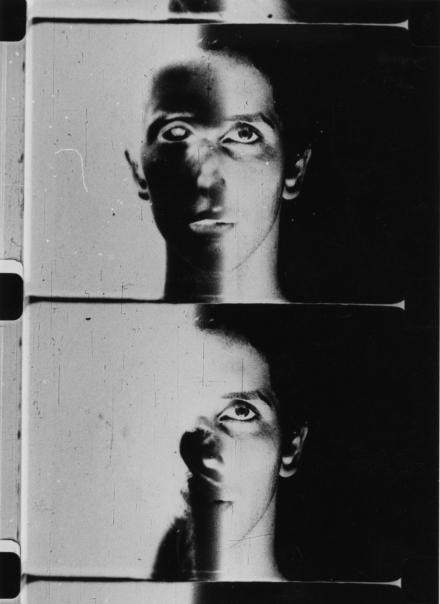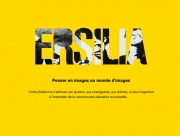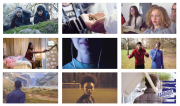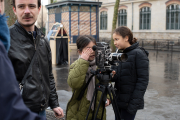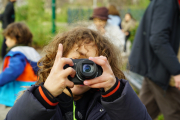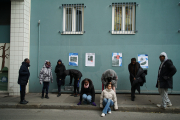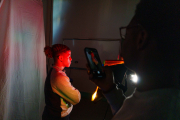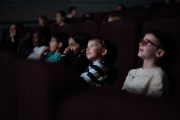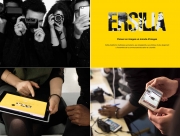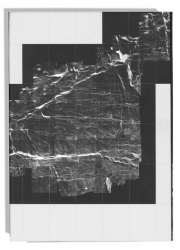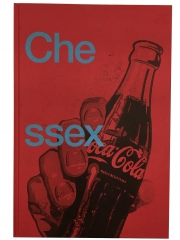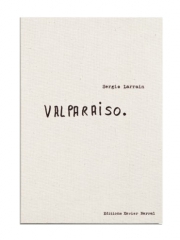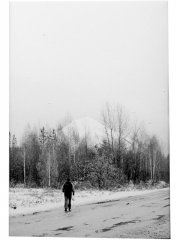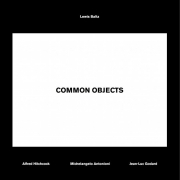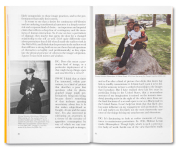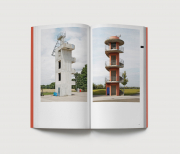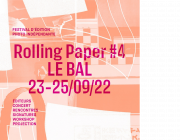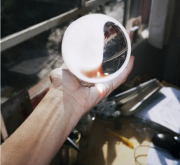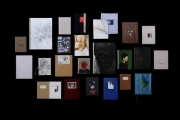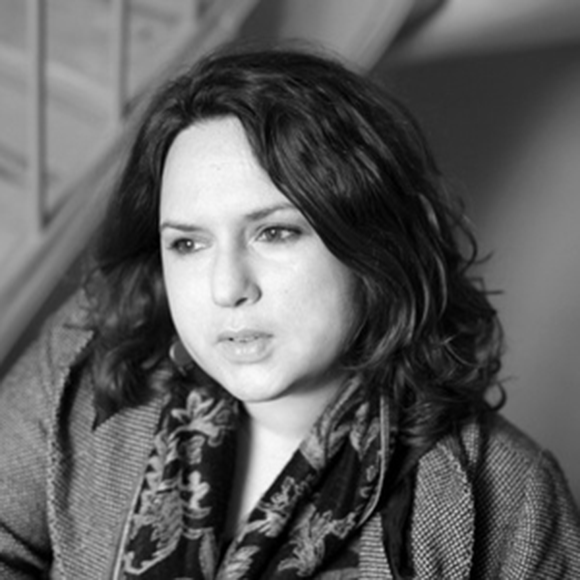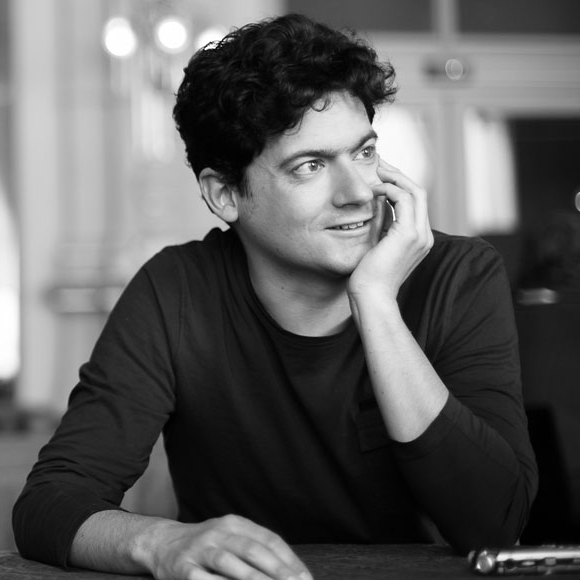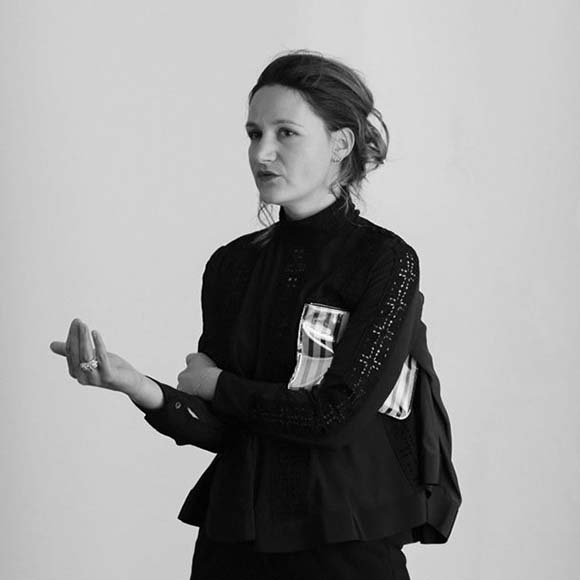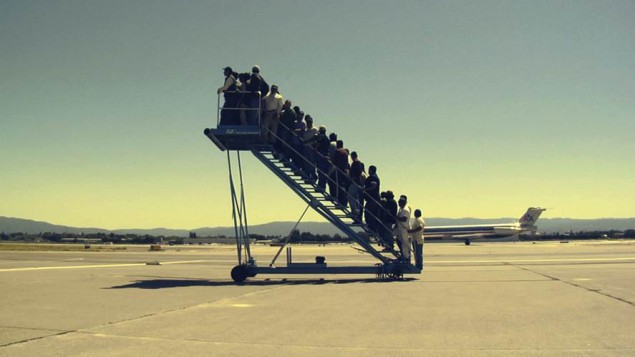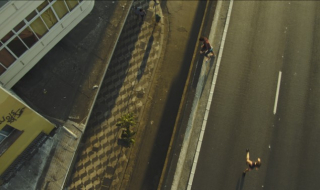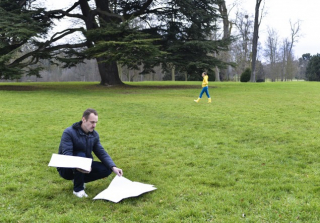Vertigo
Adrian Paci, Centro di Permanenza Temporanea, 2007, courtesy: l’artiste et Kaufmann Repetto, Milano/New York
To coincide with Mark Lewis, Above and Below, Light Cone proposes a programme of experimental films and artists' films from its catalogue and various collections.
Screenings revolve around three axes and build on the elements which Mark Lewis accentuates in his work: an interest in formal invention in film […], whether by pioneers, the avant-garde or Hollywood; rejection of cinema's narrative and temporal illusion; and a fascination with the purely visual aspects of film that play with our perception.
VERTIGO / Tuesday March 10, 2015 - 8 PM
"Vertiginous" is perhaps one of the most fitting descriptions of certain of Mark Lewis' films. It applies equally to Powers of Ten by Charles and Ray Eames, in which the spectator travels outwards, from microcosm to macrocosm, and back. We experience the same dizzying sensation from the fifty-fourth floor of a glass tower in TD Centre, 54th Floor (Mark Lewis), from a drone flying over desert landscapes at the Mexican border in As the Coyote Flies (Adrian Missika), and from the sails of a windmill as they carry artist Erik Wesselo in a perilous performance. This same spinning sensation returns in the whirling spirals of Marcel Duchamp's Anemic Cinema and in Wheels by Gusmão and Paiva. This absence of sensory cues is central to the work of Ken Jacobs, who transforms a turn-of-the-century travel film into a spaced-out visual kaleidoscope. A fine tribute to Hitchcock's Vertigo…
TD Centre, 54th Floor by Mark Lewis, 2009, video, color, sil, 6’18
As The Coyote Flies by Adrien Missika, 2014, video, color, sound, 14’
Wheels by João Maria Gusmão and Pedro Paiva, 2011, video, color, sil, 2’33
Powers of Ten by Charles and Ray Eames, 1977, video, color, sound, 9’
Travelling Fields by Inger Lise Hansen, 2009, 35 mm, color, sound, 9’
Anemic Cinema by Marcel Duchamp, 1925-1926, 16 mm, n&b, sil, 8’25
Düffels Möll by Erik Wesselo, 1997, 16 mm, color, sil, 5’
The Georgetown Loop by Ken Jacobs, 1997, 16 mm, n&b, sil, 11’
CINEMATIC / Tuesday March 24, 2015 - 8 PM
The films of Mark Lewis are distinguished by their strong visual quality, in particular the acute attention paid to the framing of each shot. These filmic tableaux spring into motion by means of a camera that can be fixed while on a moving support or, on the contrary, made to glide and lunge using a Steadicam or a crane.
Lewis' passion for early filmmaking finds its echo in Opening the Nineteenth Century: 1896 by Ken Jacobs, a montage of various stereoscopic footage shot by Lumière cameramen, including Alexandre Promio who is considered one of the inventors of the panoramic and travelling shots. The latter, one of the fundamental cinematic techniques, is at the heart of the film shot by the Biograph Company from inside a New York subway car. In Railroad Turnbridge, Richard Serra produces a hypnotic panoramic shot: the camera, mounted on a turnbridge, creates a peculiar sensation of visual disorientation. In Peter Rose's film we experience this same lack of spatial awareness as the camera explores the ghostly corridors of a derelict building.
Rush Hour, Morning and Evening, Cheapside by Mark Lewis, 2005, video, color, sil, 4’15
Interior Ny Subway, 14th St To 42nd Street by d’American Mutoscope and Biograph Company, 1905, 16 mm, n&b, sil, 6’
Windmill 2 by Chris Welsby, 1972, 16 mm, color, sil, 8’
Analogies by Peter Rose, 1977, 16 mm, color, son, 14’
Opening the Nineteenth Century: 1896 by Ken Jacobs, 1990, 16 mm, n&b, sil, 9’
Railroad Turnbridge by Richard Serra, 1975-1976, 16 mm, n&b, sil, 17’
DETAILS / Tuesday 7 April 2015 - 8 PM
Mark Lewis films the modern city as the setting for interactions between ever-shrinking private space and public space, itself increasingly encroached on by the demands of today's economy. Through careful observation of details that reveal a certain state of society, Gerard Holthuis and Guy Sherwin propose enigmatic portraits of two vast metropolises, Hong Kong and San Francisco. Not without humour, Jordi Colomer considers the pressures on the individual of urban sprawl. His aerial film shows how Mexico City has grown through the construction of endless rows of identical housing units. For Francis Alÿs, a walk through one of the world's most dangerous cities can become a metaphor for the human condition, echoing questions raised by Adrian Paci.
The Tincanman by Jaap Pieters, 1991, 35 mm, color, sil, 3’20
Hong Kong by Gerard Holthuis, 1999, 35 mm, color, son, 13’
North Circular by Mark Lewis, 2000, vidéo, color, sil, 3’46
Avenida Ixtapaluca by Jordi Colomer, 2009, vidéo, color, son, 6’
Sometimes Making by Francis Alÿs, 1999, vidéo, color, son, 5’
Centro di permanenza temporanea by Adrian Paci, 2007, vidéo, color, son, 4’34
MSR by Wim Catrysse, 2012, vidéo, color, son, 14’58
Under the Freeway by Guy Sherwin, 1995, 16 mm, color, son, 16'
Practical info
Screenings take place at the Cinéma des Cinéastes
7, avenue de Clichy - 75017 Paris
9 euros full fare
7 euros reduced fare
Screening + exhibition at LE BAL: 11 euros
Share
Related
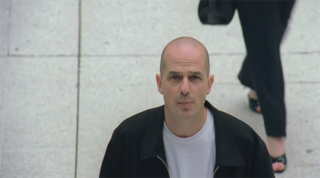
Talk with Mark Lewis and Chantal Pontbriand
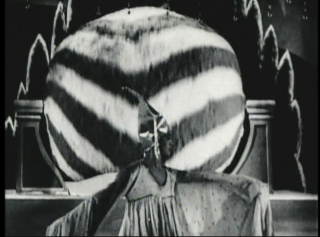
Kentaro Suzuki
Improvisation on the japanese silent film by Teinosuke Kinugasa (1926)
